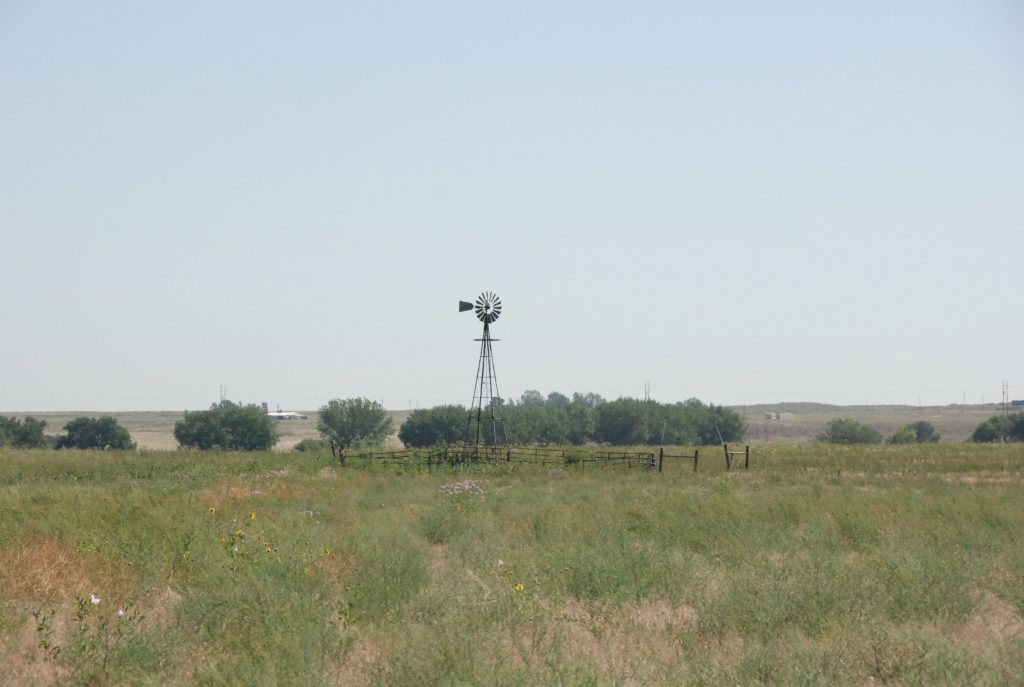Did you know, designing and implementing a windbreak onto open fields or pastures can dramatically affect the functionality of the property? Colorado gets a lot of wind throughout the year. Wind create problems of blowing snow, soil erosion, crop desiccation, and energy efficiency of homes and animal shelters.
Windbreaks not only protect buildings, crops and livestock, they can also create a vital habitat for native plants and animals. In addition, trapped snow, by a windbreak, provides a great source of moisture during melting in our semi arid environment. A windbreak generally includes trees and shrubs, but may also incorporate downed branches, berms and fences as well. In addition, It is always recommended to use native plants where possible. They can adapt to the harsh conditions often created by open fields.

As settlers to this area found out, having a tree and shrub windbreak around their property helped to dissipate the damage from high winds that occur along the Front Range. Slowing down blowing winds that carry soil and debris from open fields is important in the winter and summer for various reasons. Keeping snow drifts away from homes and livestock shelter is a very important feature of windbreaks.
Resources for Windbreak Design, Installation & Maintenance
- Colorado State Forest Service Nursery
- USDA National Agro-forestry Center
- Designing Windbreaks – Colorado State Forest Service
- Trees and Shrubs
- Trees for Conservation
- Planting Trees for Conservation
Snow Fences
- Snow Fence Guide – National Research Council
Natural Resources
More Small Acreage Sites
Boulder County Supporting Links
Parks & Open Space – Agriculture
Boulder County Food – Agriculture Systems
State & Local Resources
Colorado State University Small Acreage Management
Boulder County Parks & Open Space
Longmont & Boulder Valley Conservation Districts
—————————————–
CDA – Colorado Department of Agriculture
CSFS – Colorado State Forest Service
CDNR – Colorado Division of Natural Resources
NRCS – Natural Resources Conservation Service



